Home>Gardening & Outdoor>Landscaping Ideas>How To Put Concrete Over Grass
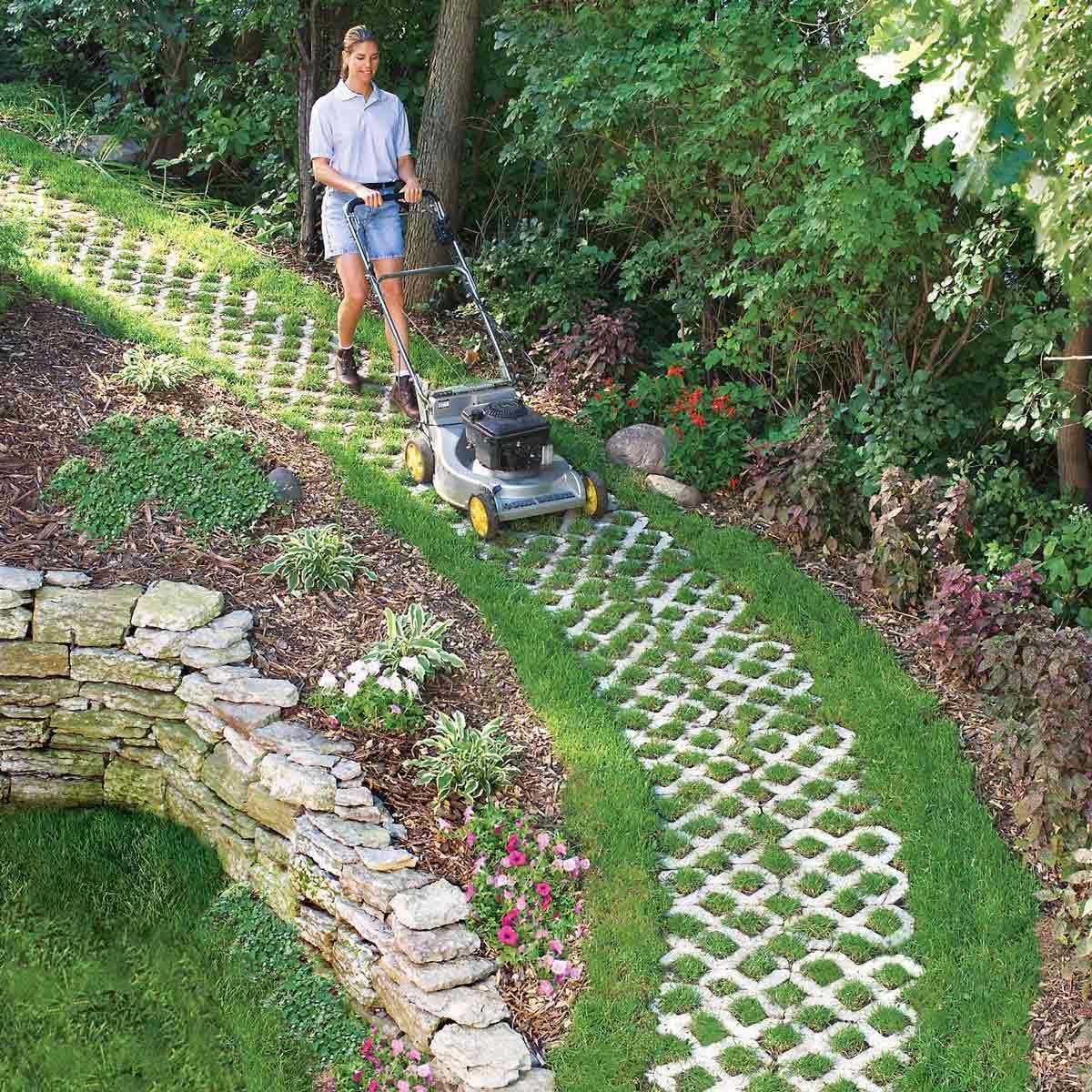

Landscaping Ideas
How To Put Concrete Over Grass
Modified: March 2, 2024
Learn how to transform your outdoor space with our landscaping ideas. Discover the best method for putting concrete over grass and create a stunning new look for your yard.
(Many of the links in this article redirect to a specific reviewed product. Your purchase of these products through affiliate links helps to generate commission for Storables.com, at no extra cost. Learn more)
Introduction
Welcome to the world of innovative landscaping! If you’re looking to transform your outdoor space with a unique and durable surface, then the idea of putting concrete over grass might just be the perfect solution for you. This method allows you to create a solid, stable foundation without the need to remove the existing grass, saving you time and effort while achieving a stunning result.
By following the right steps and using the appropriate materials, you can successfully lay concrete over grass, providing a versatile and long-lasting surface for various outdoor activities. Whether you’re aiming to create a patio, a walkway, or a recreational area, this technique opens up a world of possibilities for enhancing your outdoor living space.
In this guide, we will walk you through the materials needed and the step-by-step process of putting concrete over grass. By the end, you’ll have the knowledge and confidence to embark on this exciting landscaping project, adding both beauty and functionality to your outdoor environment.
Key Takeaways:
- Transform your outdoor space by laying concrete over grass without removing the grass. Follow the steps to prepare, lay, and cure the concrete for a durable and visually appealing surface.
- By mowing, clearing, and compacting the grass, you can create a solid foundation for the concrete. Use wooden forms, pour the concrete, and ensure proper curing for a seamless blend of natural and constructed elements.
Read more: How To Grow Grass Over Concrete
Materials Needed
Before embarking on the project of putting concrete over grass, it’s essential to gather the necessary materials. Ensuring that you have the right supplies will streamline the process and contribute to the overall success of the endeavor. Here’s a comprehensive list of the materials you’ll need:
- Concrete Mix: Choose a high-quality concrete mix suitable for outdoor use. Opt for a mix with good workability and strength to ensure durability.
- Gravel or Aggregate: This will serve as a base for the concrete, providing stability and drainage. Select a size that is compatible with the thickness of the concrete layer.
- Wooden Boards: These will be used to create forms for the concrete, defining the shape and boundaries of the area to be covered.
- Rebar or Wire Mesh: To reinforce the concrete and prevent cracking, consider using rebar or wire mesh as a supportive framework.
- Concrete Sealer: Once the concrete has cured, a sealer will help protect the surface from stains, moisture, and wear, prolonging its lifespan.
- Shovel and Rake: Essential tools for preparing the grass and spreading the gravel and concrete mix evenly.
- Tamping Tool: Used to compact the gravel and ensure a solid, level base for the concrete.
- Protective Gear: Safety goggles, gloves, and a dust mask are crucial for personal protection when handling concrete mix and other materials.
- Watering Can or Sprayer: Needed for the curing process to keep the concrete moist as it sets.
By gathering these materials in advance, you’ll be well-equipped to tackle the task of putting concrete over grass with confidence and efficiency.
Steps to Put Concrete Over Grass
Embarking on the journey of putting concrete over grass requires a systematic approach to ensure a successful outcome. By following these essential steps, you can effectively transform your outdoor space while preserving the natural greenery beneath the sturdy concrete surface.
1. Preparing the Grass
The first step involves thorough preparation of the grassy area where the concrete will be laid. Start by mowing the grass as short as possible to create a uniform and level surface. This will also facilitate better adhesion of the concrete. Next, remove any debris, rocks, or obstacles that could disrupt the evenness of the concrete layer. It’s crucial to ensure that the grass is well-trimmed and free of any hindrances before proceeding to the next phase.
2. Laying the Concrete
Once the grass is adequately prepared, it’s time to lay the concrete. Begin by spreading a layer of gravel or aggregate over the grass. This will serve as a stable base for the concrete, promoting proper drainage and preventing uneven settling. Next, create wooden forms to define the boundaries of the concrete area. These forms will contain the concrete mix and give it a clean, finished edge.
After the forms are in place, it’s time to mix the concrete according to the manufacturer’s instructions. Carefully pour the concrete mix over the prepared area, ensuring an even distribution within the forms. Use a shovel and rake to spread the concrete and achieve the desired thickness. Consider incorporating rebar or wire mesh within the concrete to provide reinforcement and minimize the risk of cracking.
Read more: How To Tile Over A Concrete Patio
3. Curing the Concrete
Once the concrete is laid, it’s essential to allow it to cure properly. This process involves keeping the concrete moist as it sets to ensure optimal strength and durability. Use a watering can or sprayer to lightly mist the concrete surface, especially during hot or dry weather. Covering the area with plastic sheeting can also help retain moisture during the curing period. Follow the recommended curing time provided by the concrete mix manufacturer to allow the concrete to achieve its full strength.
By meticulously following these steps, you can effectively put concrete over grass, creating a resilient and visually appealing surface that seamlessly integrates with the natural environment.
Preparing the Grass
Before embarking on the process of laying concrete over grass, it’s crucial to prepare the grassy area meticulously to ensure a solid foundation and a successful outcome. Proper preparation not only facilitates the adhesion of the concrete but also contributes to the overall longevity and stability of the finished surface. Here’s a detailed guide on how to prepare the grass for the concrete installation:
Mowing and Clearing
Start by mowing the grass as short as possible to create a uniform and level surface. This step is essential for ensuring that the concrete will be laid evenly and securely. Additionally, a shorter grass height minimizes the risk of unevenness and allows for better integration of the concrete with the underlying soil. After mowing, thoroughly clear the area of any debris, rocks, or other objects that could impede the smooth application of the concrete. It’s crucial to create a clean and obstacle-free canvas for the subsequent steps.
Soil Compaction
Once the grass is trimmed and the area is cleared, consider compacting the soil to enhance stability and prevent settling over time. Using a soil compactor or a tamping tool, apply firm pressure to the soil surface to eliminate air gaps and create a solid base for the concrete. This step is particularly important for areas with softer or looser soil, as it helps prevent uneven settling and potential damage to the concrete layer in the future.
Read more: How To Lay Decking Over Concrete
Weed Control
Prior to laying the concrete, it’s essential to address any existing weed growth within the grassy area. Inspect the space and remove any weeds or unwanted vegetation that could compromise the integrity of the concrete surface. Consider using a suitable herbicide or weed control method to prevent weed regrowth after the concrete is in place. By addressing weed control proactively, you can ensure a cleaner and more resilient concrete overlay.
Surface Inspection
Before proceeding with the concrete installation, take the time to inspect the prepared grassy area thoroughly. Look for any remaining debris, uneven patches, or potential drainage issues that may need to be addressed before laying the concrete. Ensuring that the grass is well-prepared and free of obstructions will contribute to a smoother and more effective concrete application process.
By meticulously preparing the grass according to these guidelines, you can set the stage for a successful concrete overlay, creating a durable and visually appealing surface that seamlessly integrates with the natural landscape.
Laying the Concrete
Once the grassy area is meticulously prepared, the process of laying the concrete can commence. This pivotal step involves creating a stable and level surface that seamlessly integrates with the natural environment, providing a durable foundation for various outdoor activities. Here’s a detailed guide on how to effectively lay concrete over grass:
Preparing the Base
Before laying the concrete, it’s essential to establish a solid base that promotes stability and proper drainage. Start by spreading a layer of gravel or aggregate over the prepared grassy area. The gravel serves as a supportive foundation, allowing for adequate water drainage and preventing the concrete from settling unevenly. Ensure that the gravel layer is distributed evenly and compacted to provide a stable base for the concrete overlay.
Creating Wooden Forms
Once the gravel base is in place, it’s time to define the boundaries of the concrete area using wooden forms. These forms serve as guides for the concrete placement, ensuring a clean and precise edge for the finished surface. Carefully position the wooden boards to outline the desired shape and dimensions of the concrete area, securing them firmly to prevent any shifting during the concrete pouring process. The forms not only contain the concrete mix but also contribute to the overall aesthetics of the finished project.
Mixing and Pouring the Concrete
With the base and forms prepared, it’s time to mix the concrete according to the manufacturer’s instructions. Ensure that the concrete mix is well-combined and of the appropriate consistency for easy pouring and spreading. Carefully pour the concrete mix over the defined area within the wooden forms, distributing it evenly with a shovel and rake. Aim for a consistent thickness of the concrete layer, and use a screed board or straight edge to level the surface, ensuring a uniform and professional finish.
Reinforcement and Finishing Touches
Consider reinforcing the concrete with rebar or wire mesh to enhance its strength and minimize the risk of cracking over time. The reinforcement provides added support, particularly for larger concrete areas or those subjected to heavy use. Additionally, ensure that the edges of the concrete are neatly finished within the wooden forms, creating a clean and polished appearance for the completed surface.
By meticulously following these steps, you can effectively lay concrete over grass, creating a resilient and visually appealing surface that seamlessly blends with the natural landscape, providing a versatile and enduring outdoor space.
Curing the Concrete
After the concrete is meticulously laid over the prepared grassy area, the curing process becomes a crucial step in ensuring the optimal strength, durability, and longevity of the finished surface. Proper curing allows the concrete to achieve its full potential, enhancing its resistance to wear, weathering, and other environmental factors. Here’s a comprehensive guide on how to effectively cure the concrete overlay to achieve the best results:
Read more: How To Build A Deck Over A Concrete Patio
Moisture Retention
One of the primary objectives during the curing process is to maintain adequate moisture within the concrete as it sets and hardens. This is essential for promoting optimal hydration and the development of strong, resilient concrete. Immediately after the concrete is laid, lightly mist the surface with a watering can or use a sprayer to ensure that it remains moist. Pay particular attention to hot or dry weather conditions, as these can accelerate moisture loss from the concrete.
Plastic Sheeting
Consider covering the newly laid concrete with plastic sheeting to help retain moisture during the initial curing phase. The plastic sheet acts as a barrier, preventing rapid evaporation and ensuring a consistent and controlled curing environment. Secure the edges of the plastic sheeting to create a seal over the concrete surface, helping to lock in moisture and promote uniform hydration throughout the concrete layer.
Curing Time
Follow the recommended curing time provided by the concrete mix manufacturer to allow the concrete to attain its full strength and durability. This typically involves maintaining the appropriate moisture levels for a specified duration, allowing the concrete to undergo the necessary chemical processes for optimal hardening. Adhering to the recommended curing time is crucial for achieving a resilient and long-lasting concrete surface that can withstand the rigors of outdoor use.
Protection from Disturbance
During the curing period, it’s important to protect the concrete from any potential disturbances that could compromise its integrity. Ensure that the curing concrete is shielded from heavy foot traffic, equipment, or other activities that could damage the surface. By minimizing disturbances, you can allow the concrete to cure undisturbed, facilitating the development of a strong and durable structure.
By conscientiously following these guidelines for curing the concrete, you can ensure that the overlay achieves its full potential, delivering a resilient and visually appealing surface that enhances the outdoor environment for years to come.
Read more: How To Put Fake Grass On Concrete
Conclusion
Embarking on the journey of putting concrete over grass opens up a world of creative possibilities for enhancing outdoor spaces with durable and visually appealing surfaces. By following the systematic approach outlined in this guide, you can transform a grassy area into a solid foundation for various outdoor activities, creating a seamless blend of natural and constructed elements. The innovative technique of laying concrete over grass offers a practical solution for adding functional and aesthetically pleasing features to your landscape.
Through meticulous preparation, precise concrete placement, and thoughtful curing, you can achieve a resilient and enduring surface that seamlessly integrates with the natural environment. The process of preparing the grass sets the stage for a successful concrete overlay, ensuring a level and obstacle-free foundation for the subsequent steps. Laying the concrete involves creating a stable base, defining the boundaries, and pouring and finishing the concrete to achieve a professional and polished appearance.
Furthermore, the crucial step of curing the concrete ensures that the overlay attains its full strength and durability, withstanding the demands of outdoor use and environmental exposure. By maintaining adequate moisture and adhering to the recommended curing time, you can facilitate the development of a robust and long-lasting surface that enriches your outdoor living space.
Ultimately, the process of putting concrete over grass empowers you to unleash your creativity and transform your outdoor environment into a versatile and enduring landscape. Whether you’re envisioning a patio, a walkway, or a recreational area, this innovative method allows you to realize your landscaping aspirations while preserving the natural beauty of the underlying grass. By embracing this approach, you can create a harmonious fusion of functionality and aesthetics, adding value and appeal to your outdoor living experience.
With the knowledge and insights gained from this guide, you are well-equipped to embark on the exciting journey of putting concrete over grass, shaping outdoor spaces that embody durability, beauty, and endless possibilities.
Frequently Asked Questions about How To Put Concrete Over Grass
Was this page helpful?
At Storables.com, we guarantee accurate and reliable information. Our content, validated by Expert Board Contributors, is crafted following stringent Editorial Policies. We're committed to providing you with well-researched, expert-backed insights for all your informational needs.
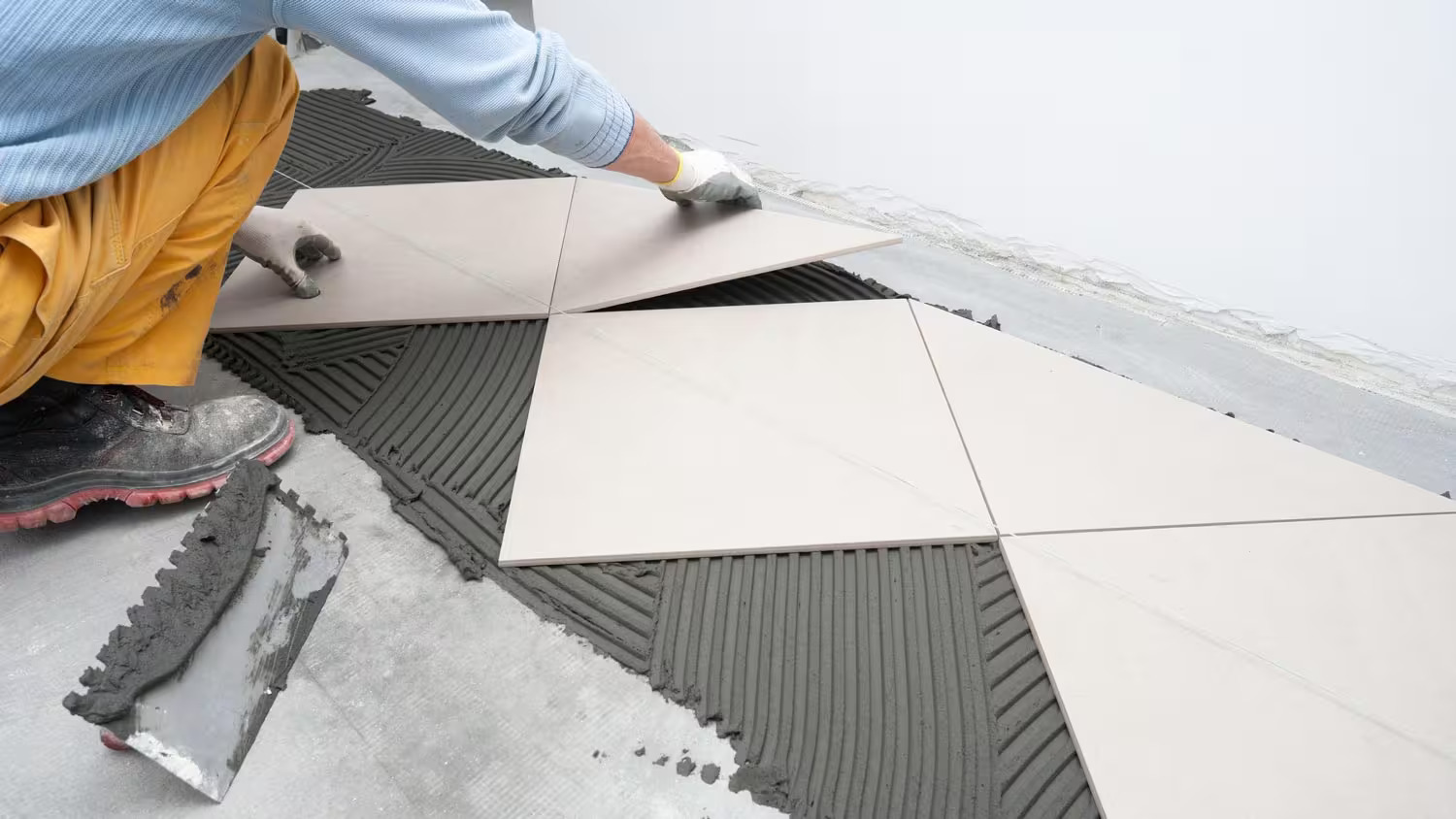
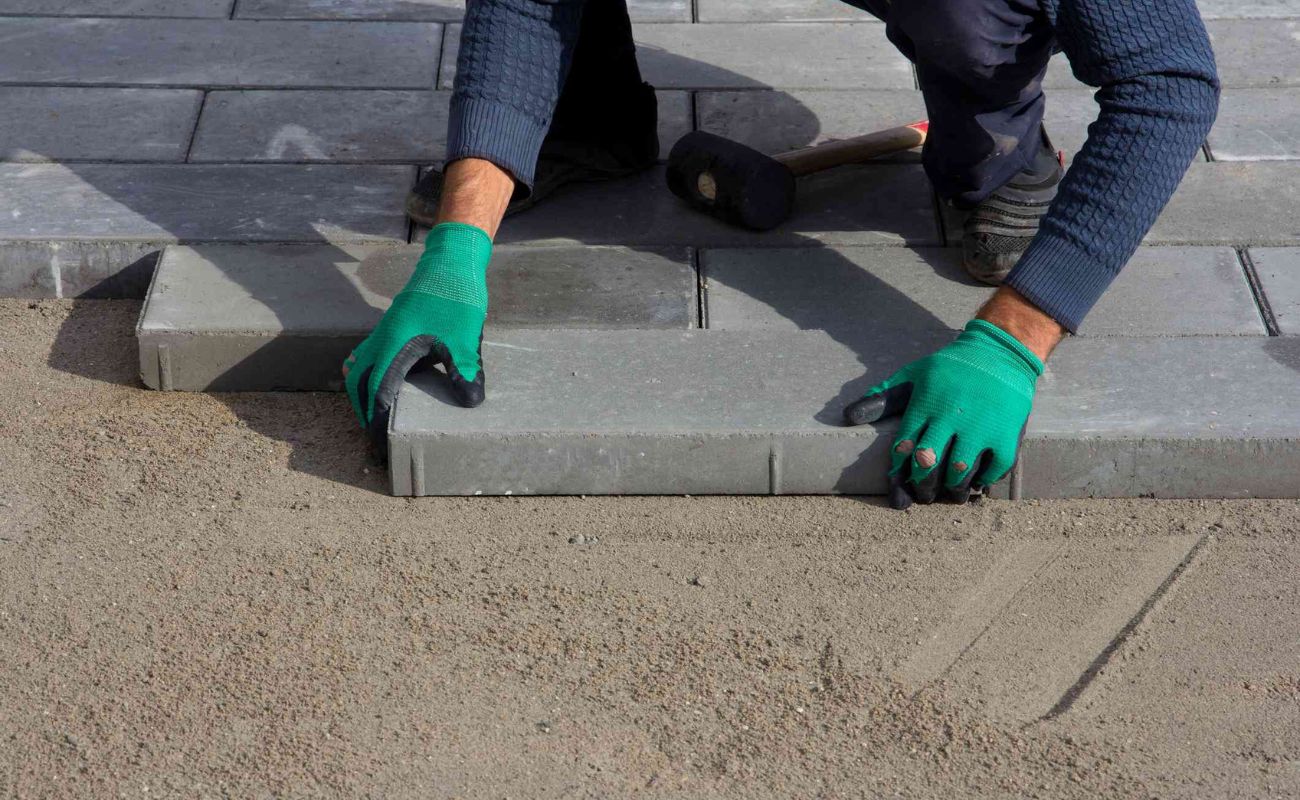
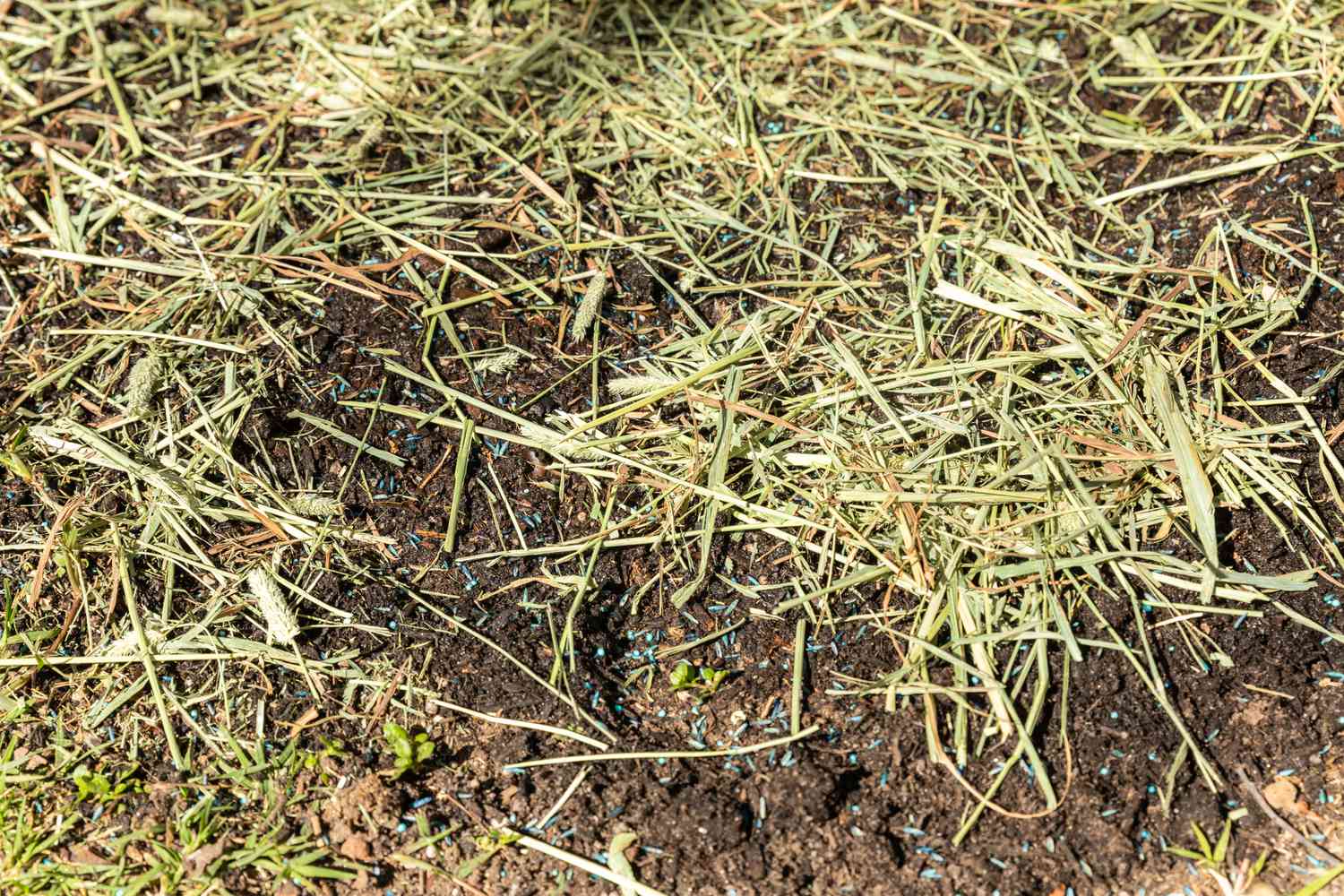
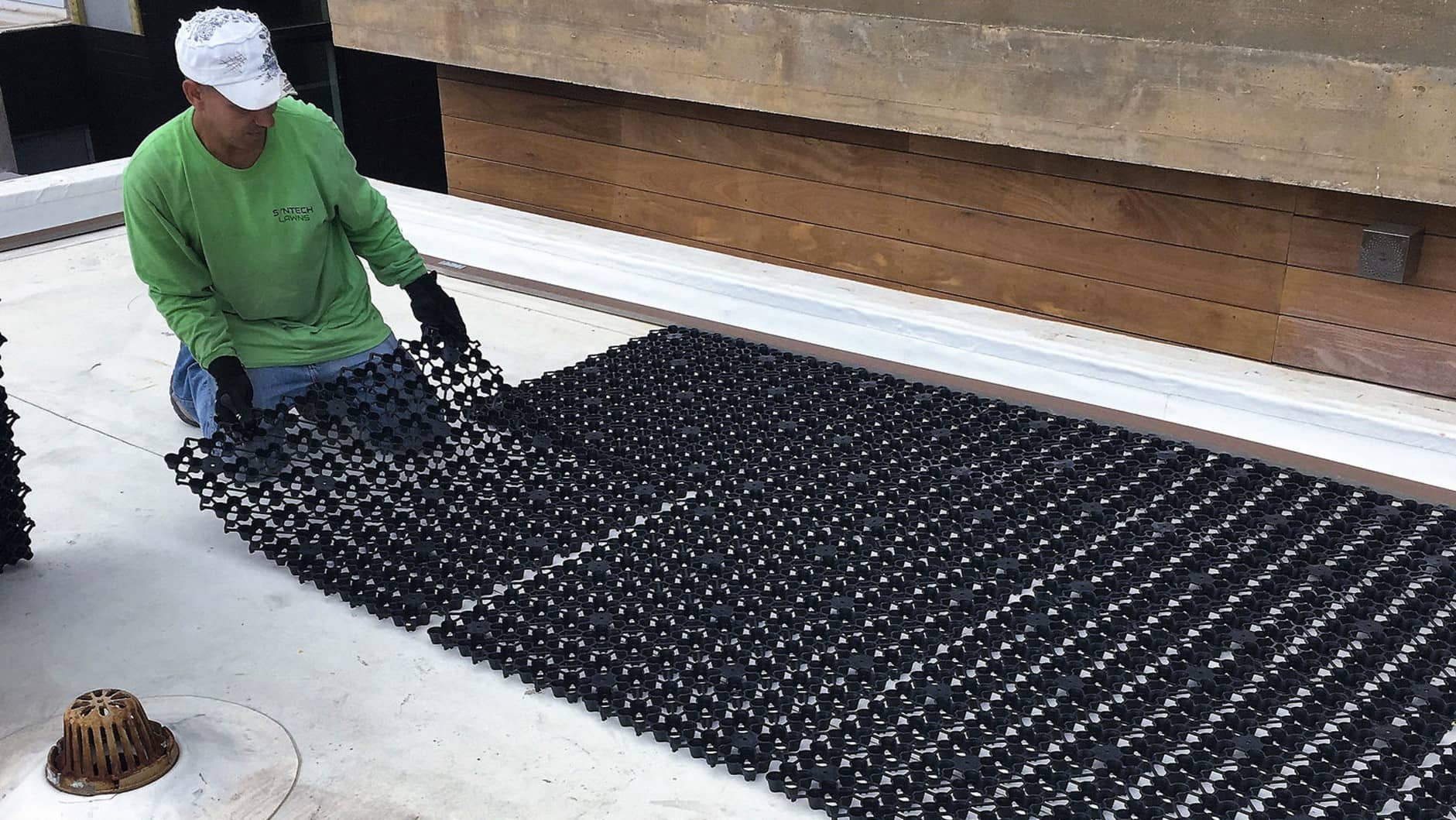
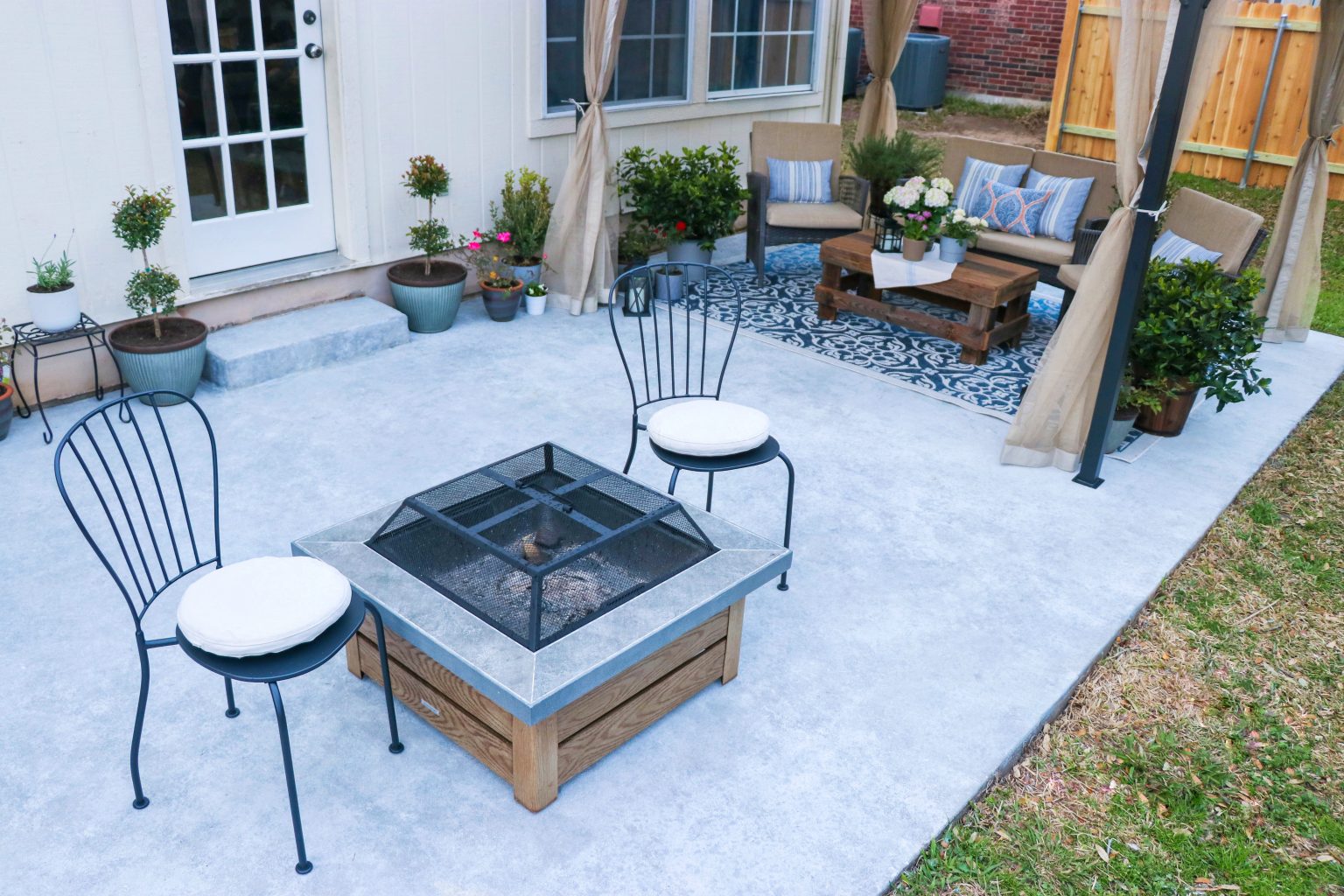
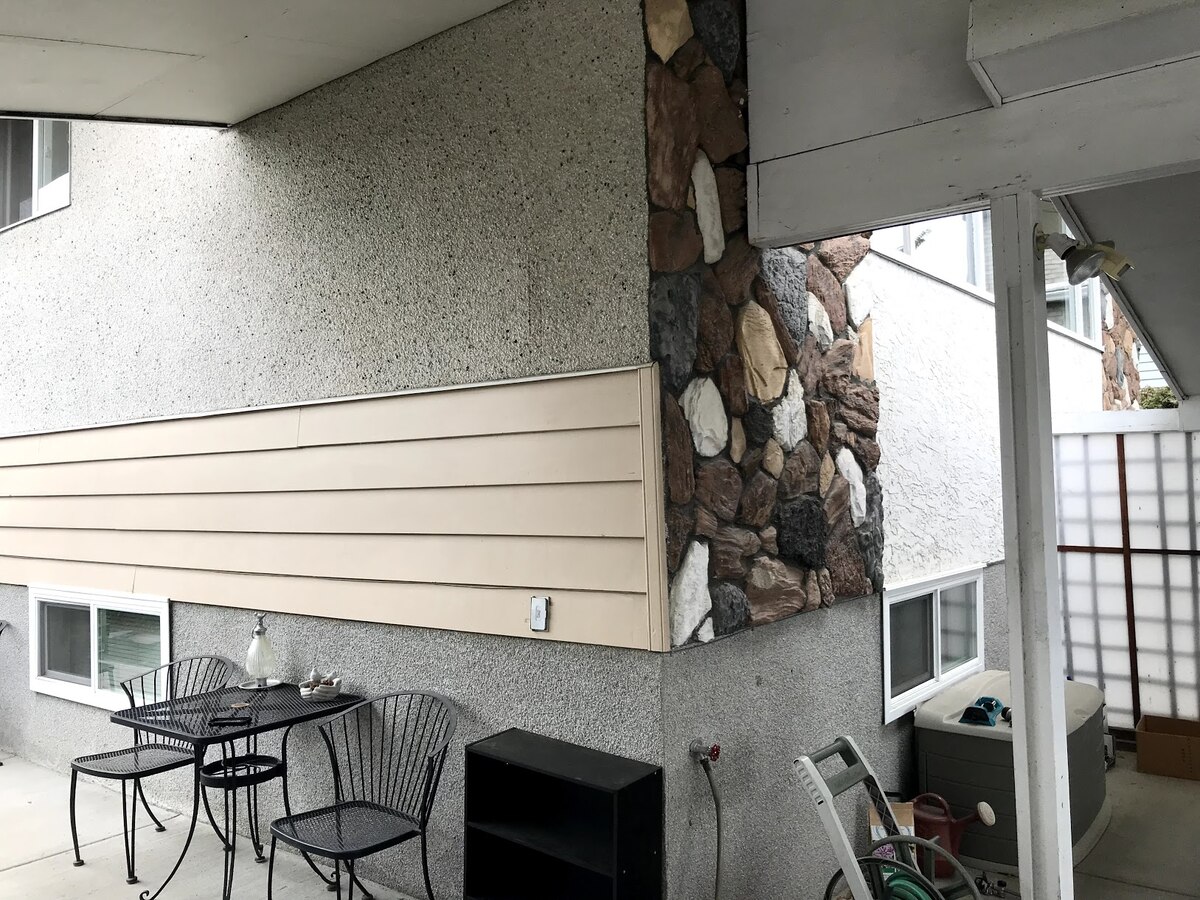
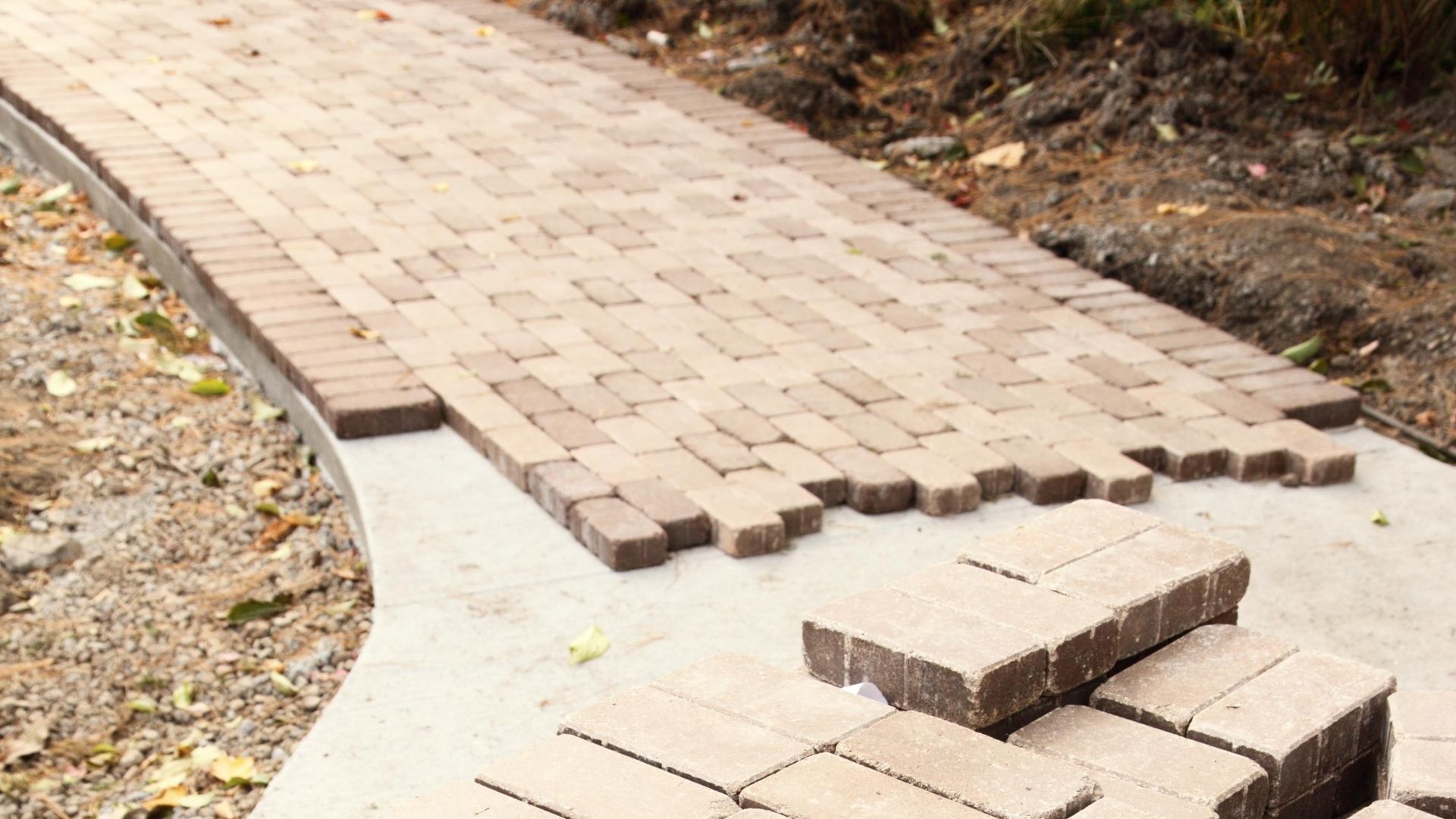
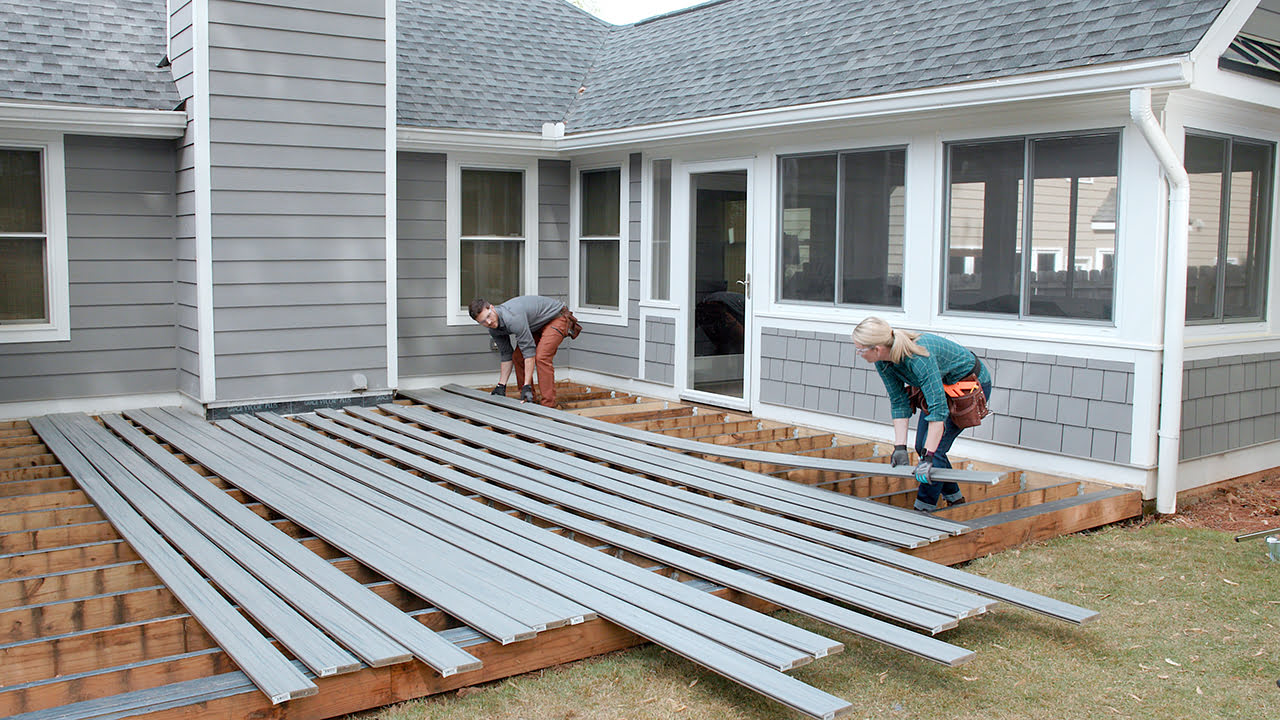
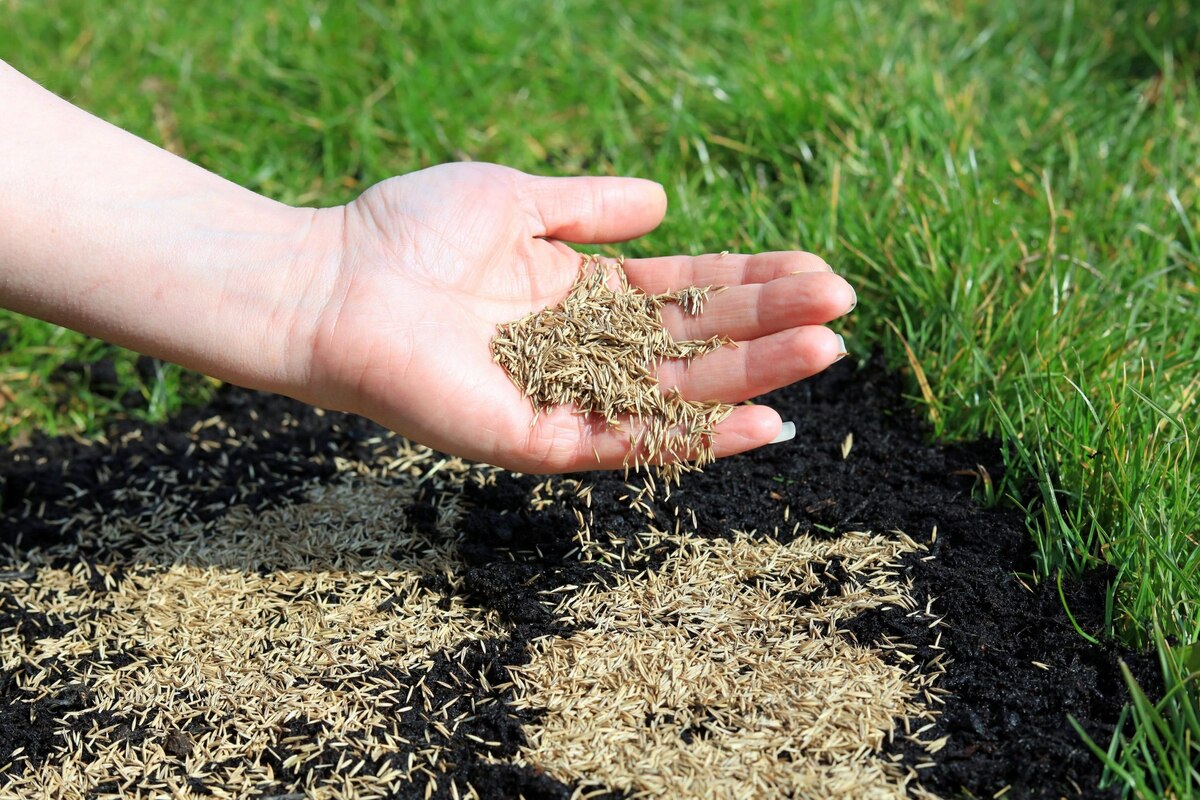
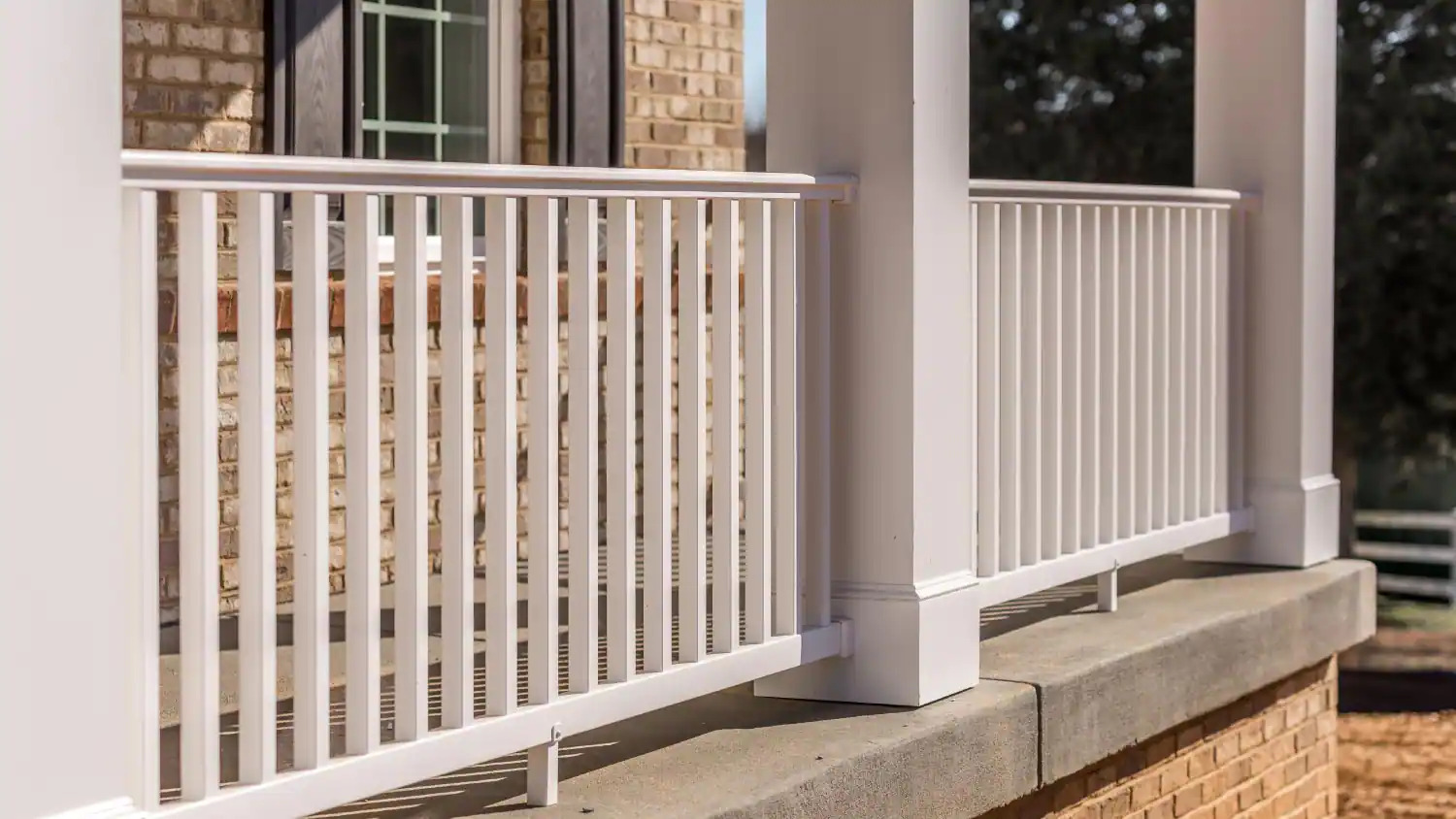

0 thoughts on “How To Put Concrete Over Grass”